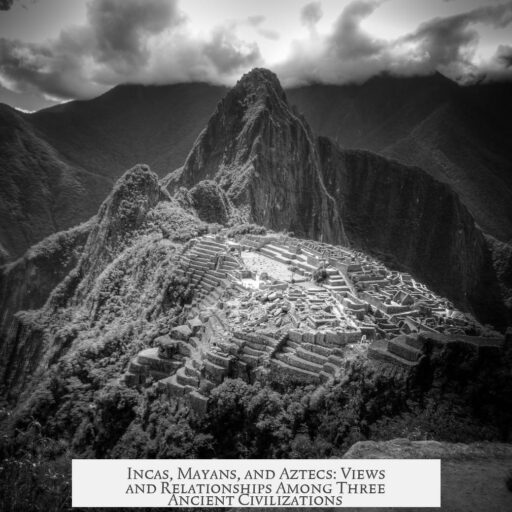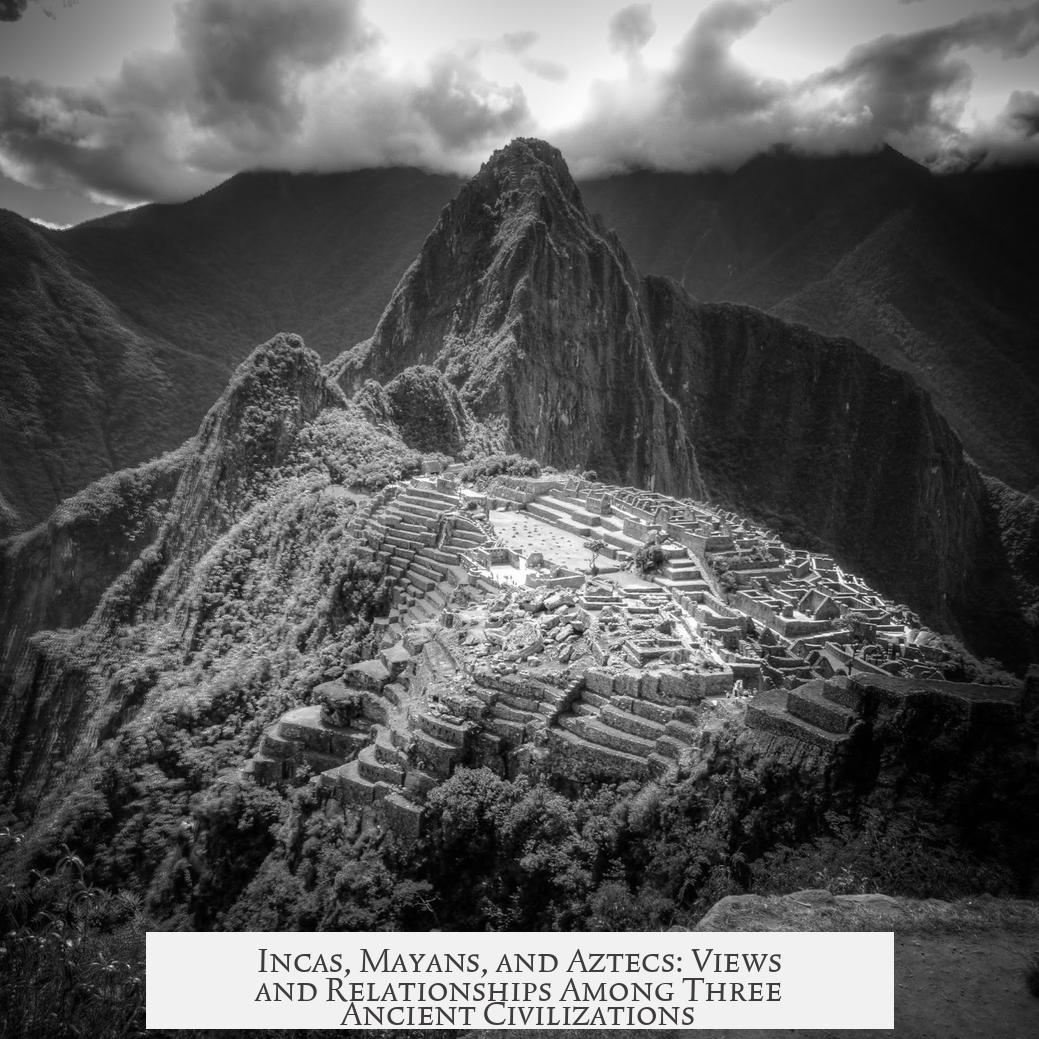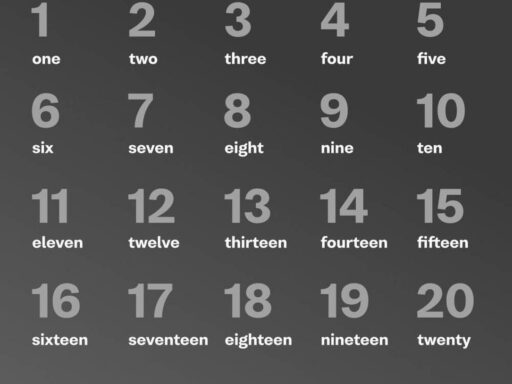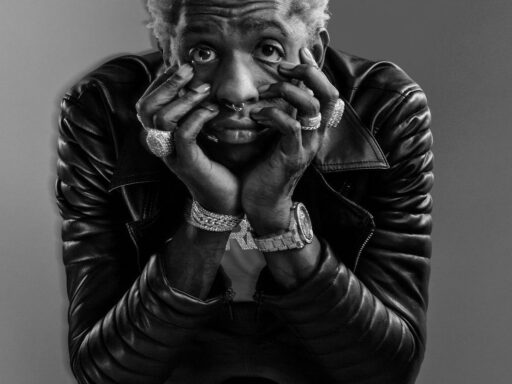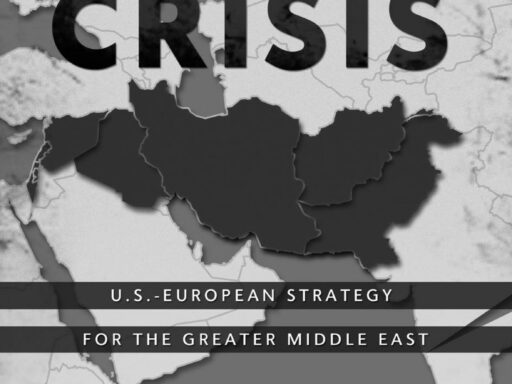The Incas, Mayans, and Aztecs had limited direct interaction, especially regarding the Incas with the other two. However, the Mayans and Aztecs maintained significant cultural and political exchanges, shaping each other’s societies. The Incas, situated far to the south in the Andes, remained largely separate from the Central American civilizations of the Aztecs and Mayans.
The Mayans and Aztecs shared a mutual awareness facilitated by trade and conquest. Mayan groups communicated with Central Mexican peoples, including the Mexica, the dominant Aztec group before Spanish arrival. In the late Postclassic period, Nahuatl, the Aztec language, emerged as a common trade language among Mayan traders, especially in Campeche and along the Gulf of Mexico.
Aztec political reach extended into regions near the Maya area during the reign of rulers like Ahuizotl, who conquered parts of southwestern Guatemala. This military expansion brought direct contact, including exchange of goods and ideas between the two cultures.
- The Aztecs conquered into the Isthmus of Tehuantepec.
- Mayan traders used Nahuatl to communicate across the region.
- There was ongoing movement of people and goods between the two.
Earlier relationships involved Central Mexican influence from Teotihuacan on the Classic Maya. Around 370 AD, a warlord named Siyaj Kʼakʼ (“Fire Is Born”) invaded the Maya region, removing Tikal’s king. He installed Spearthrower Owl’s son, Yax Nuun Ahiin I, who adopted Teotihuacano-style dress and customs. This event marked deep political and cultural influence, visible in Maya art and architecture afterwards.
The cultural exchange was bidirectional. Evidence shows a ‘Maya Quarter’ within Teotihuacan, where Maya residents maintained their religious practices and created art, reflecting mutual respect and interaction.
- Teotihuacan influenced Classic Maya politics and culture.
- Maya people lived in Teotihuacan, maintaining distinct cultural practices.
Later, Maya influence appeared in Central Mexico. The archaeological sites of Cacaxtla and Xochicalco feature Mayan-style paintings and motifs combined with Central Mexican elements. Post-conquest texts indicate some Gulf Coast Maya migration and integration in those areas during the mid-Classic period around 400–500 AD.
Toltec culture also impacted Mayan cities. For example, Chichén Itzá displays architecture and art similar to the Toltec capital, Tula. The ball courts, Tzompantli (skull racks), pyramids, and the “House of the Warriors” all show significant Toltec influence. Initially thought to reflect direct conquest, these similarities now suggest cultural exchange and adoption without military domination.
| Location | Type of Influence | Examples |
|---|---|---|
| Teotihuacan (Central Mexico) | Political and cultural invasion | Change of Maya kings, Teotihuacano-style dress, architecture |
| Cacaxtla and Xochicalco (Central Mexico) | Mayan artistic influence | Mayan-style murals, mixed cultural motifs |
| Chichén Itzá (Yucatán) | Toltec artistic and architectural influence | Ball courts, pyramids, skull racks |
Regarding the Incas, historical evidence does not show contact or views between the Incas and the Mayans or Aztecs. The Inca Empire developed far to the south in the Andes Mountains, separated by natural barriers and distance from Mesoamerican civilizations. No known trade, warfare, or diplomacy linked the Incas with the Central Mexican or Maya regions before European arrival.
The absence of direct interaction means the Incas likely had no opinion or detailed knowledge of the Mayans or Aztecs. Similarly, the Mayans and Aztecs had little awareness of the distant Andean cultures. Their worlds operated in parallel but separately.
- Mayans and Aztecs had extensive political, trade, and cultural ties.
- Teotihuacan’s threat reshaped Classic Maya politics deeply.
- Aztecs expanded militarily near Maya lands, facilitating exchanges.
- Maya cultural traits influenced Central Mexican art and architecture.
- Toltec influence appeared strongly in Mayan cities like Chichén Itzá.
- Incas remained isolated from Mayan and Aztec worlds.
- No evidence exists on what Incas thought about Mayans or Aztecs.
What Did the Incas, Mayans, and Aztecs Think of Each Other?
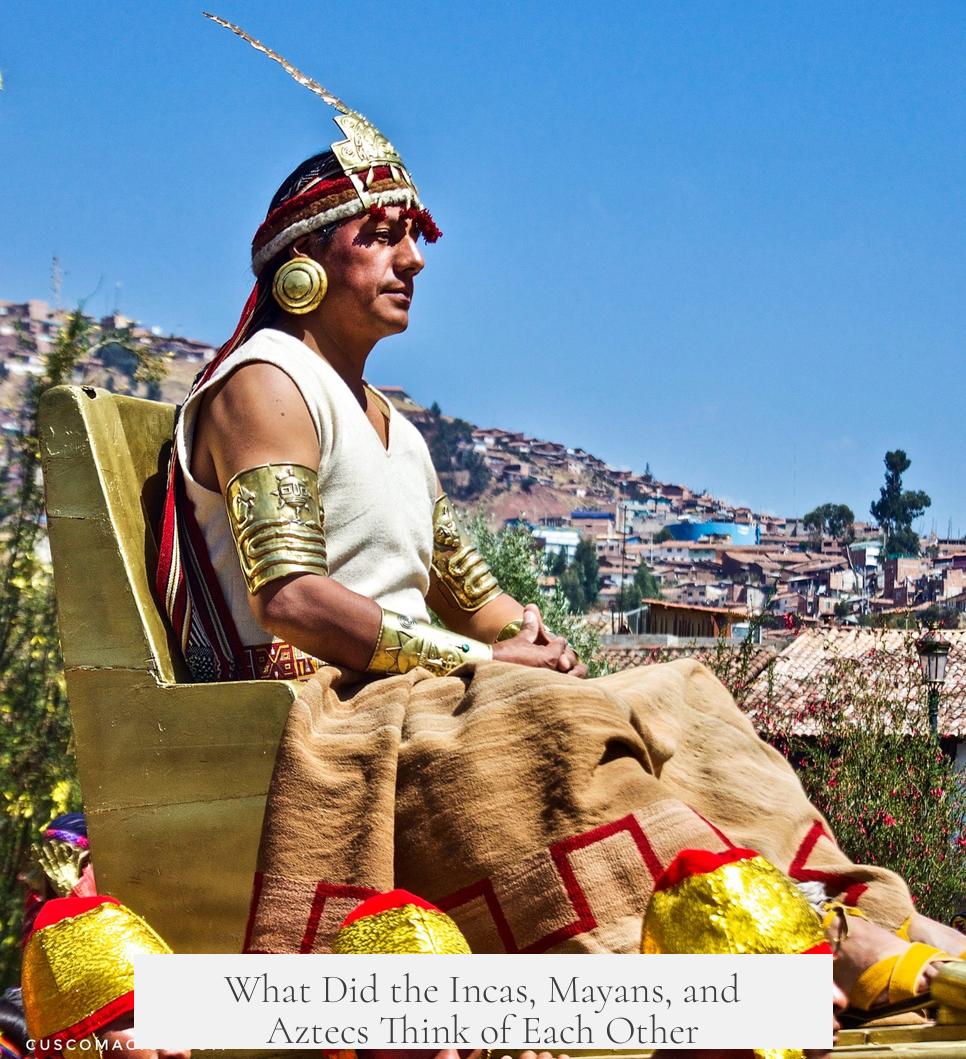
Here’s the quick answer: The Incas, Mayans, and Aztecs knew of each other but didn’t share much direct contact or detailed opinions since they lived in different regions, separated by mountains, jungles, and time periods. The Mayans and Aztecs interacted more through trade, war, and cultural exchange, especially in Central Mexico and the Maya area. The Incas, farther south in the Andes, remained largely isolated from the Maya and Aztec civilizations.
Now that we have that sorted, let’s dive deeper into the tangled web of relationships, influences, and mutual perceptions—or lack thereof—among these fascinating ancient civilizations.
Mayans and Aztecs: Complex Neighbors with a Shared History
The term “Mayan” covers around 30 distinct cultures who share related languages. So when we talk about Mayan views on the Aztecs (also called Mexicas), it’s a bit like asking what all Europeans think of Americans. The answer varies.
Historically, Mayans communicated and traded with peoples in Central Mexico, where the Aztecs later rose to power. This communication wasn’t new; it had roots stretching back centuries.
For example, around 370 AD, a powerful figure from Central Mexico named “Fire Is Born” (or Siyaj K’ak’) arrived forcefully in the Maya region, possibly even assassinating the king of Tikal. This marked the expansion of Teotihuacan’s (a major Central Mexican city) influence into the Maya heartland. Teotihuacan wasn’t the Aztecs, but this shows a precedent for Central Mexican powers impacting Maya politics and culture.
Yet, it wasn’t just domination. In Teotihuacan itself, there was a “Maya Quarter” where Mayan people practiced their customs and art. This sweetens the story: the Maya weren’t just victims or subjects—they played active roles in Central Mexican life, maintaining their identity even far from home.
Cultural Crossroads: Mayan Influence in Central Mexico
Mayan culture didn’t just receive influence—it also spread. Sites like Cacaxtla near Puebla boast vivid Mayan-style murals, even though they’re located far from traditional Maya lands. The historical origin of Cacaxtla may relate to Mayan migration or conquest around 400-500 AD, showing pushback or expansion.
Similarly, Xochicalco, west of Mexico City, blends Mayan artwork with more familiar Central Mexican elements like feathered serpents. Both sites might stem from the same Mayan migration wave from the Gulf Coast, proving cultural mixing was complex and two-way.
Now Enter the Aztecs: Latecomers to the Scene Who Didn’t Make It Everywhere
Fast-forward to the late Postclassic period. The Aztecs have risen as Central Mexico’s rulers. They develop Nahuatl as a lingua franca. Even some Maya traders along the Gulf coast speak Nahuatl for commerce. This hints at a practical relationship rather than deep cultural empathy.
The Aztecs expanded southward, sometimes conquering Maya groups down the Isthmus of Tehuantepec. Moctezuma’s predecessor, Ahuizotl, pushed Aztec border expansions into Southwest Guatemala, meaning the Aztecs had more direct contact with Maya populations.
Trade thrived with goods and ideas flowing both ways. Still, the Aztecs and Maya never merged culturally in a broad sense. Each retained unique languages, religion, and customs, sometimes viewing each other as rivals or, at best, useful trade partners.
Chichen Itza and the Toltec Connection: Cultural Appreciation or Colonization?
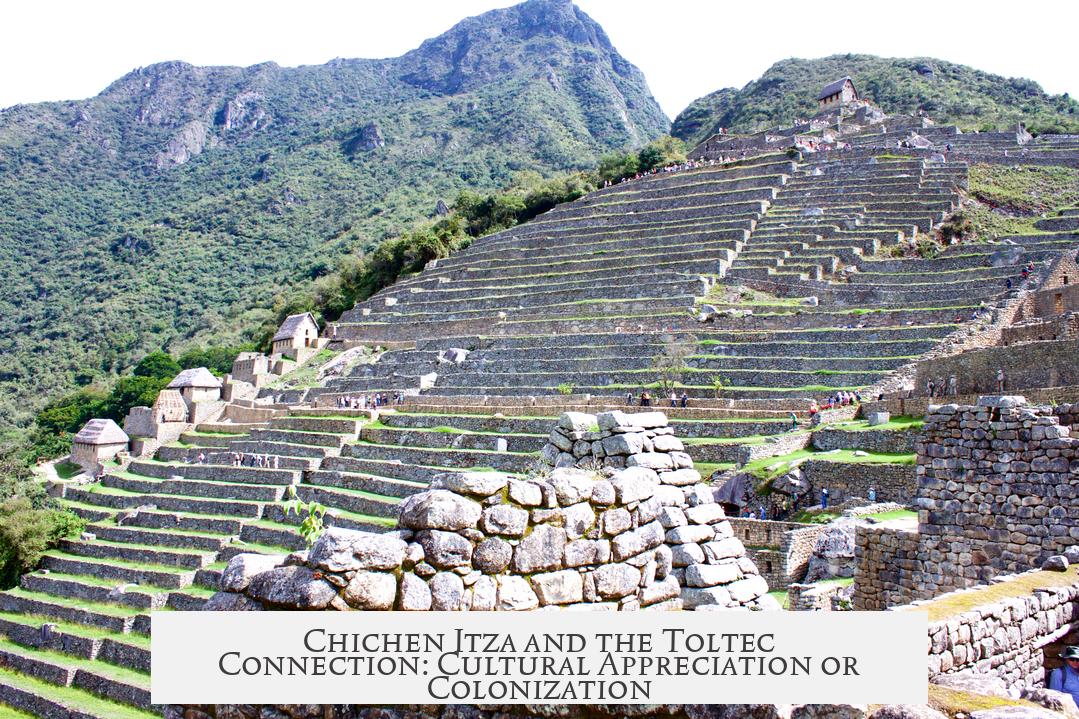
Regarding Maya and Central Mexico interactions, another fascinating chapter is Chichen Itza’s postclassic transformation. Around this time, architecture and art at Chichen Itza incorporated Toltec features from Tula, the Toltec capital.
Did the Toltecs conquer Chichen Itza? Earlier scholars thought so. Today, most agree it reflects cultural exchange—not military occupation. It seems the Maya adapted and embraced some Central Mexican designs, like the famous ball courts and skull racks, into their own unique style.
This example suggests an intermittent respect or admiration between these peoples, or maybe a savvy choice to adopt prestigious styles to enhance local power. Either way, this contrasts with pure hostility or ignorance.
What About the Incas? The Quiet Cousin Far to the South
Now, what about the Incas? They ruled a vast Andean empire far south in Peru and Ecuador, separated by thousands of miles from the Maya and Aztec spheres. Geography made sustained contact almost impossible.
There is no solid evidence of direct interaction or knowledge between the Incas and the Maya or Aztecs. Each civilization advanced relatively independently, developing their own languages, religions, political systems, and infrastructure.
Though the Incas had some trades and communication northward, their world was distinct from that of the Mesoamerican civilizations. So they probably had no meaningful opinions of the Aztecs or Mayans.
Drawing the Threads Together: What Can We Learn?
So, what did these three great civilizations think of one another?
Between the Maya and Aztecs, the relationship was complex and dynamic, defined by trade, conquest, cultural exchange, and occasional hostility. The Aztecs admired some Central Mexican artistic traditions and spread Nahuatl as a trade language, while the Maya held pockets of autonomy and cultural resilience. Their interactions were a mix of respect, rivalry, and pragmatism.
The Incas, meanwhile, had little to no contact with either group, living in a separate world shaped by Andean geography.
Can this historical nexus tell us something about human nature? People often exchange more ideas, art, and goods than they wage war. Even across rugged mountains and dense jungles, cultural currents found their way, making the story of Mesoamerica rich and layered.
Still Curious?
Want to explore how ancient cultures influenced each other through art and architecture? Dive into the stories of Chichen Itza’s pyramids, or see the stunning murals of Cacaxtla. Consider how these ancient connections set the stage for the vibrant diversity of Latin America today.
“The past does not repeat itself, but it does rhyme.” – Mark Twain (sort of)
History often rhymes, and in the case of the Incas, Mayans, and Aztecs, we hear a rich verse about coexistence, conflict, and cultural blending. It’s a story worth retelling, with new insights every day.
